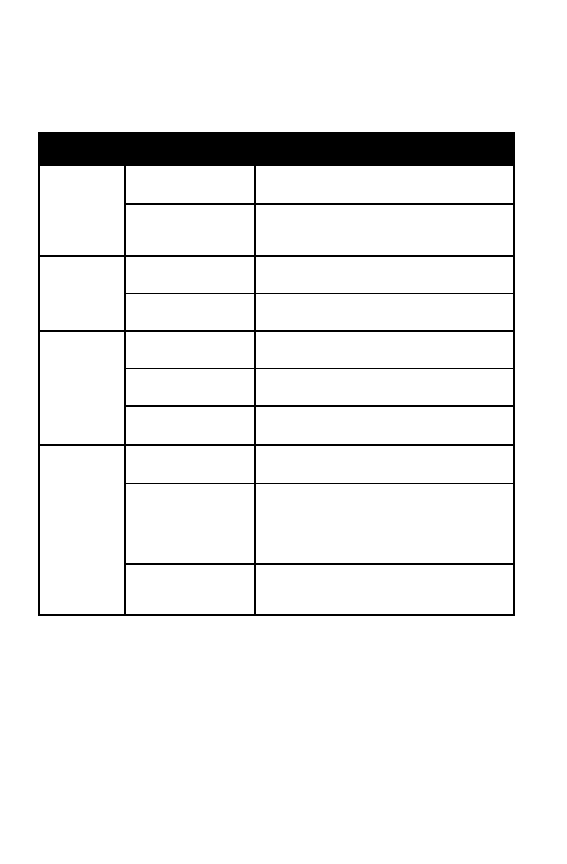Snowmobile Polaris 700 Classic / 700 touring (2006 year). Instruction - part 28

112
TROUBLESHOOTING
Engine Troubleshooting
CAUTION: Unless you have experience and training in two-cycle
engine repair, see your dealer if technical problems arise.
Problem
Probable Cause Solution
Erratic engine
operating
RPM during
Drive clutch binding
S
SEE YOUR DEALER.
RPM during
acceleration
or load varia-
tions
Driven clutch
malfunction
S
SEE YOUR DEALER.
Harsh drive
clutch
engagement
Drive belt worn or
too narrow
S
Replace the drive belt.
engagement
Excessive belt/sheave
clearance
S
SEE YOUR DEALER.
Drive belt
turns over
Wrong belt for
application
S
Replace the drive belt.
Clutch alignment out
of spec
S
SEE YOUR DEALER
Engine mount broken
or loose
S
Inspect and replace. SEE YOUR
DEALER.
Machine fails
to move
Clutch jammed
S
Check for twisted belt or broken spring.
SEE YOUR DEALER.
Track jammed
S
Foreign object may be caught or the slider
melted to the track clips due to lack of lu-
brication.
S
Track may be iced up or frozen to the
ground.
Chaincase sprocket or
chain jammed or
broken
S
Chain is loose or broken or chain tightener
is loose. SEE YOUR DEALER.